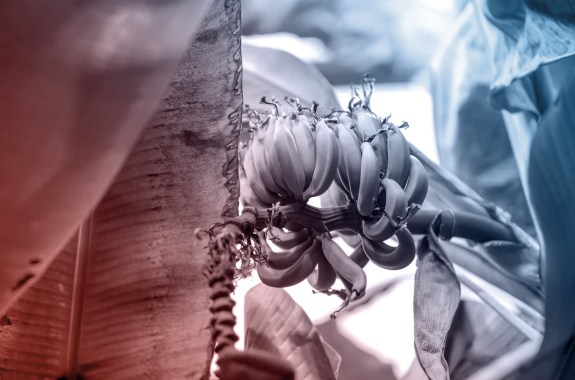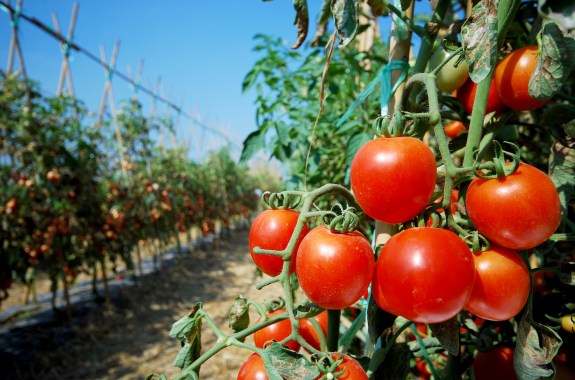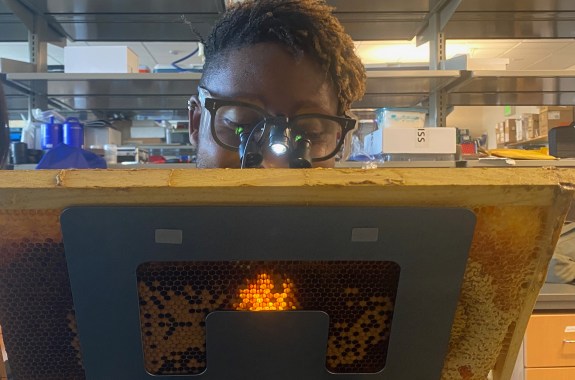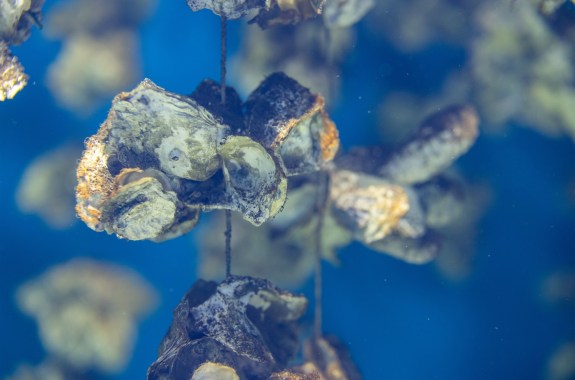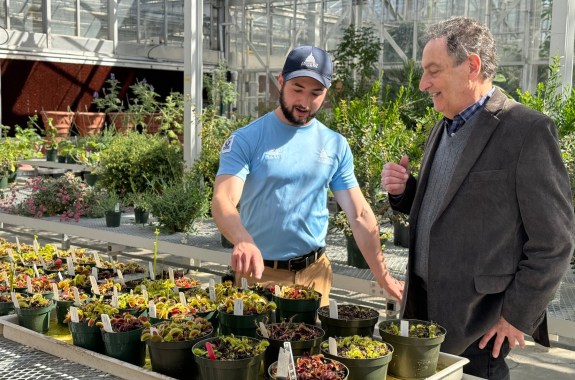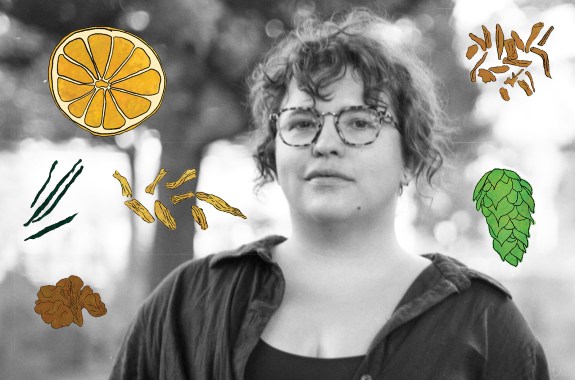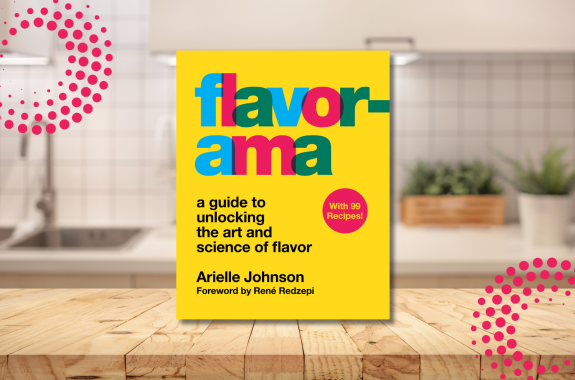16:52
What Are The Risks Of Drinking Raw Milk?
As public figures promote raw milk, and sales increase, experts warn about the risks from pathogens like salmonella and avian flu.
17:05
How Can Iowa’s Agriculture Adapt To Climate Threats?
From drought-resistant crops to making sure farmers of color thrive, here’s how experts in Iowa are looking at the future of agriculture.
16:48
Fine-Tuning Grapes For Iowa’s Wine Industry
Scientists are breeding wine grapes that will grow in Iowa’s climate in hopes of expanding the state’s wine industry.
6:11
Fighting Banana Blight In A North Carolina Greenhouse
America’s most-consumed fruit is at risk from a fungal disease. Researchers in North Carolina are on a mission to save Cavendish bananas.
7:35
The Carbon Cost Of Urban Gardens And Commercial Farms
Some food has a larger carbon footprint when grown in urban settings than on commercial farms, while for other foods the reverse is true.
17:21
Inside The Race To Save Honeybees From Parasitic Mites
Varroa destructor mites are killing honeybees and their babies at alarming rates.
17:15
Eating More Oysters Helps Us—And The Chesapeake Bay
In the ever-changing and biodiverse Chesapeake Bay, conservation, aquaculture, and food production go hand in hand.
16:54
Botanical Rescue Centers Take In Illegally Trafficked Plants
The U.S. Botanic Garden is one of 62 locations across the United States that rescue endangered species poached in the wild.
17:03
Science Unlocks The Power Of Flavor In ‘Flavorama’
In her new book, Dr. Arielle Johnson explains how and what we taste with chemistry.
The Herbs And Molecules That Make Up Bitter Flavors
In ‘Flavorama,’ plants, scents, and science come together in a recipe for deliciously bitter walnut-amaro cake.



